You might not realise it, but road signs are categorised in Spain, and each has a unique alphanumeric code identity, and one such code is the “V” series, which are signs displayed on vehicles.
You might have read or seen talk about such things as the V-16 emergency light, or the V-20 board for protruding loads, and it is the “V” in their identifier which groups them, but there are others in the “V” series you will know, without perhaps realising the significance of the group.
In technical terms, the special characteristics of certain vehicles require that signs be displayed in a visible place to inform other drivers of certain circumstances that may be useful when sharing space on the road. “V” signals allow us to identify a differential quality of the vehicle or its driver.
There are up to 27 signs listed in Annex XI of the General Vehicle Regulations and all of them are named with the letter V followed by a number that determines what type of information they offer. The Regulation itself establishes the characteristics that each one of them must have: dimensions, material, placement, or use, among others.
Most of these signs are on plates and refer to a distinctive quality of the vehicle that carries them. Only V-13 (novice driver) and V-15 (disabled driver) give us information about people who drive, subject to certain conditions. Both inform us that they can drive in a particular way. In the case of the latter, they also indicate certain preferences when parking.
The V-9 is used on Public Service vehicles, and when it comes to the transport of people, the V-10 sign stands out, which identifies school transports. And also, the signs that are specific to taxis, both of which are illuminated: the V-17 to indicate free and the V-18, which lights up the taximeter from the moment the fare is activated.
Another public service that has a reserved V sign is the towing service. Thus, the V-24 (road assistance service vehicle) is mandatory for those who provide these services to other drivers.
V-8 is the identifier for a foreign country in which the vehicle is registered, “UK” being a recent replacement to the “GB” stickers. For Spanish registered vehicles it is V-7, although this is not required if the number plates are of the EU standard.
A different service is provided by “accompanying vehicles”, which must be identified with the V-21 sign if they are accompanying special transport, or the V-22 sign when accompanying cyclists. Both must be placed on the top of the vehicles that perform these tasks. In addition, they may be accompanied by a V-2 sign.
The V-1 sign is reserved for priority vehicles, which you would know as blue lights and sirens, and V-3, which is on the side of the vehicles, denoting such words as “Guardia Civil”, as well as other characteristics.
We also now have the V-25, which is more commonly known as the eco sticker, or environmental badge, and the ITV sticker, officially called the V-19.
There are others, as we have said, but now you know that signs and signals may take on different forms than you might think, and even though you will see “V” signs on a regular basis, you now also know their significance.
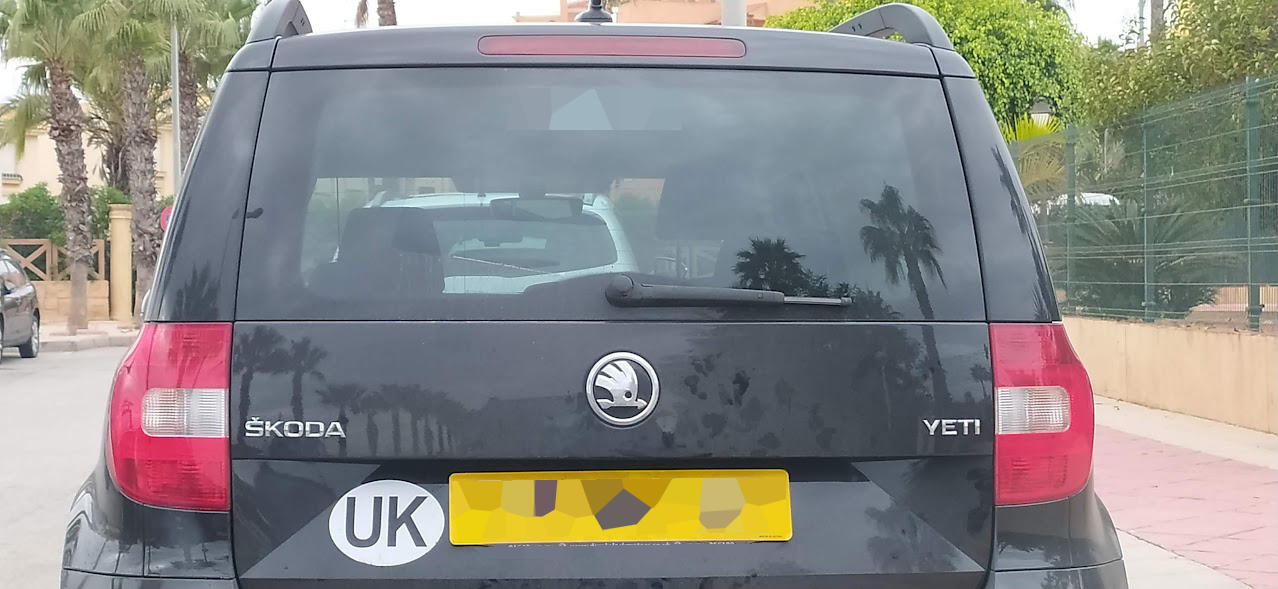
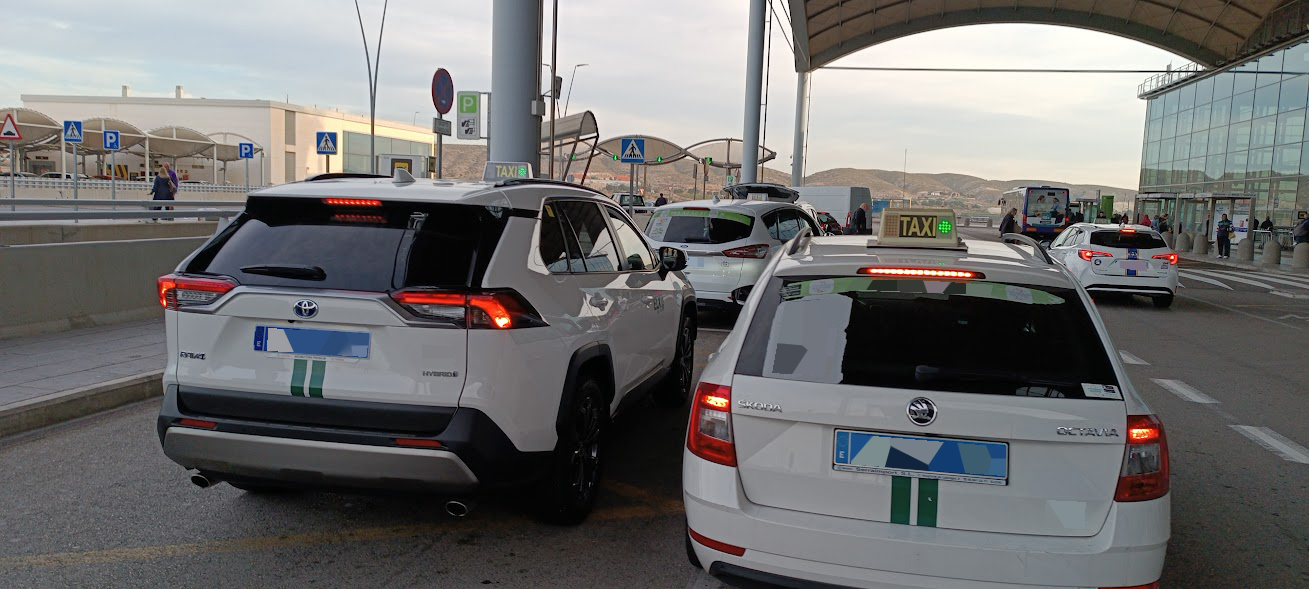
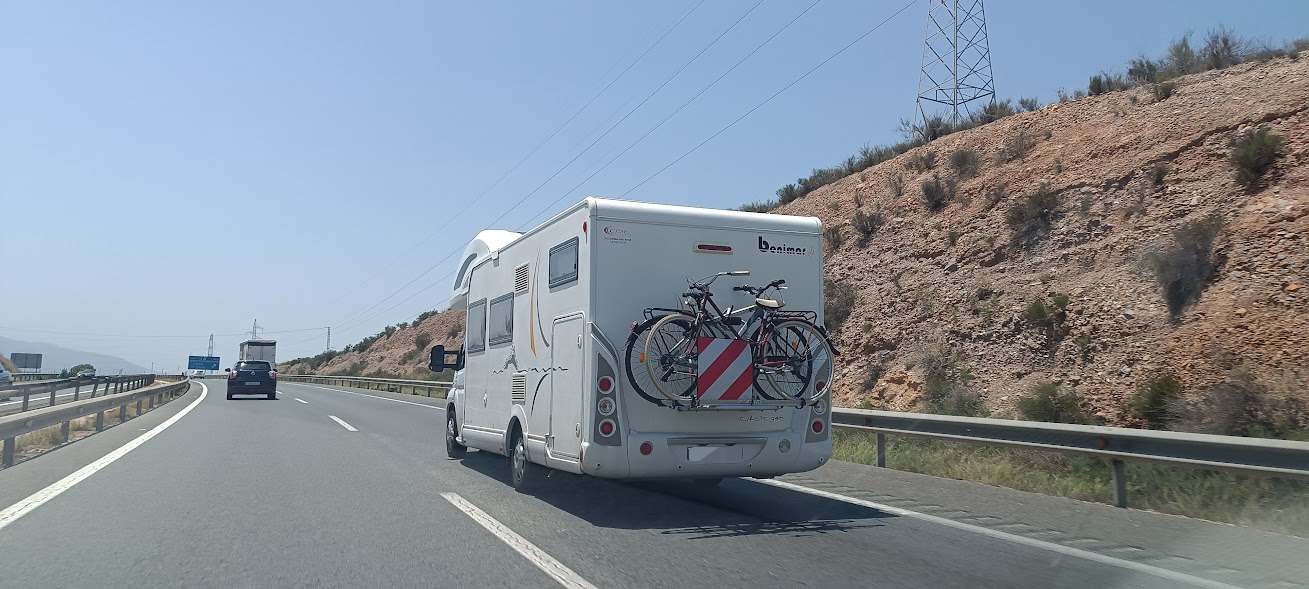
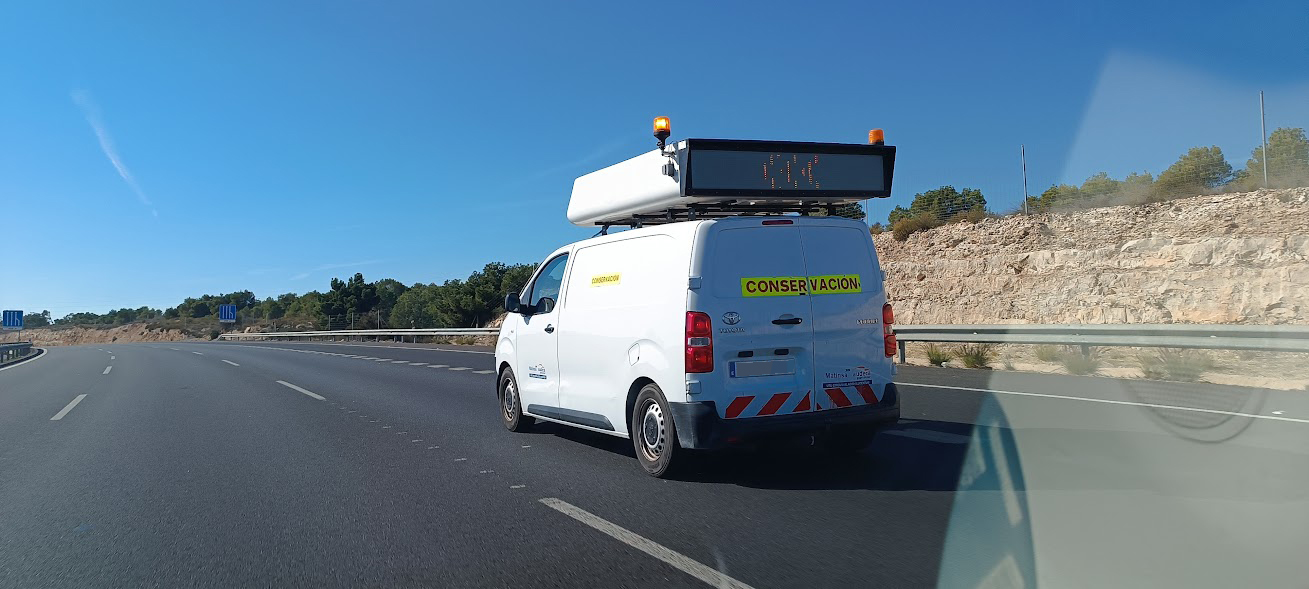
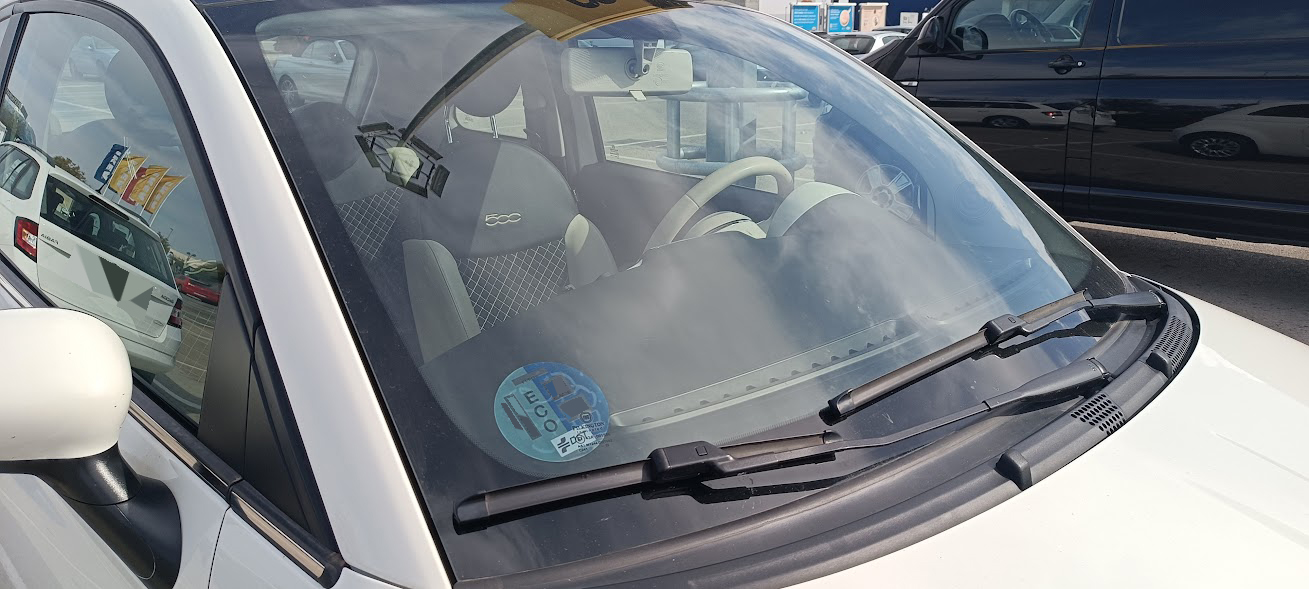
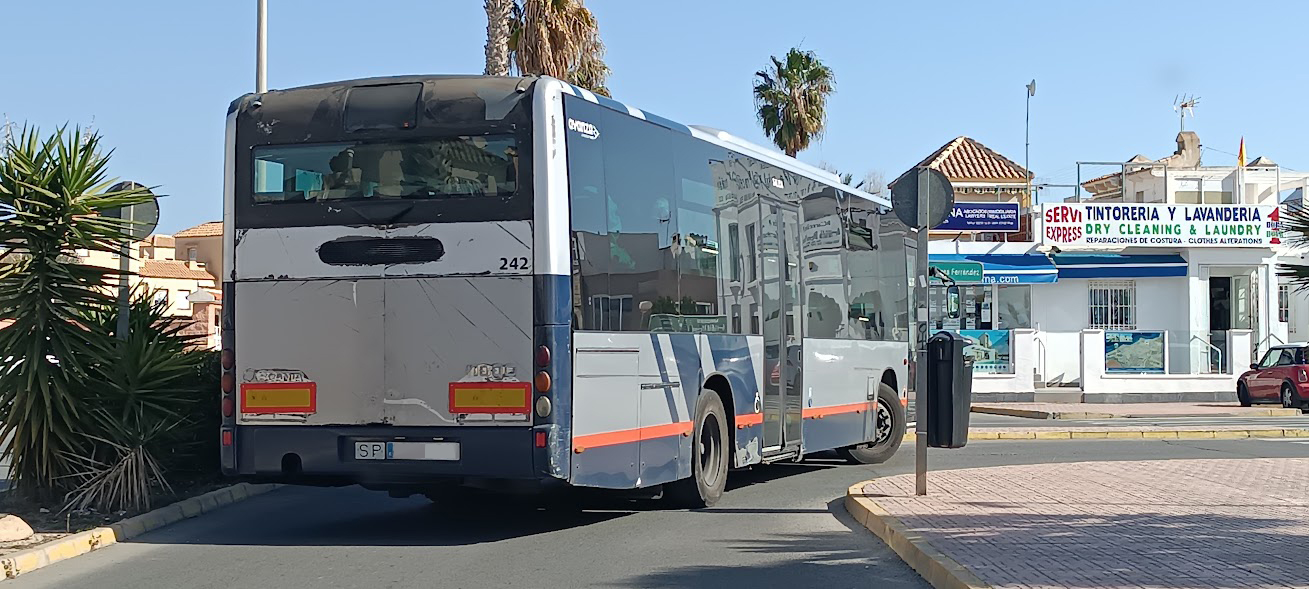
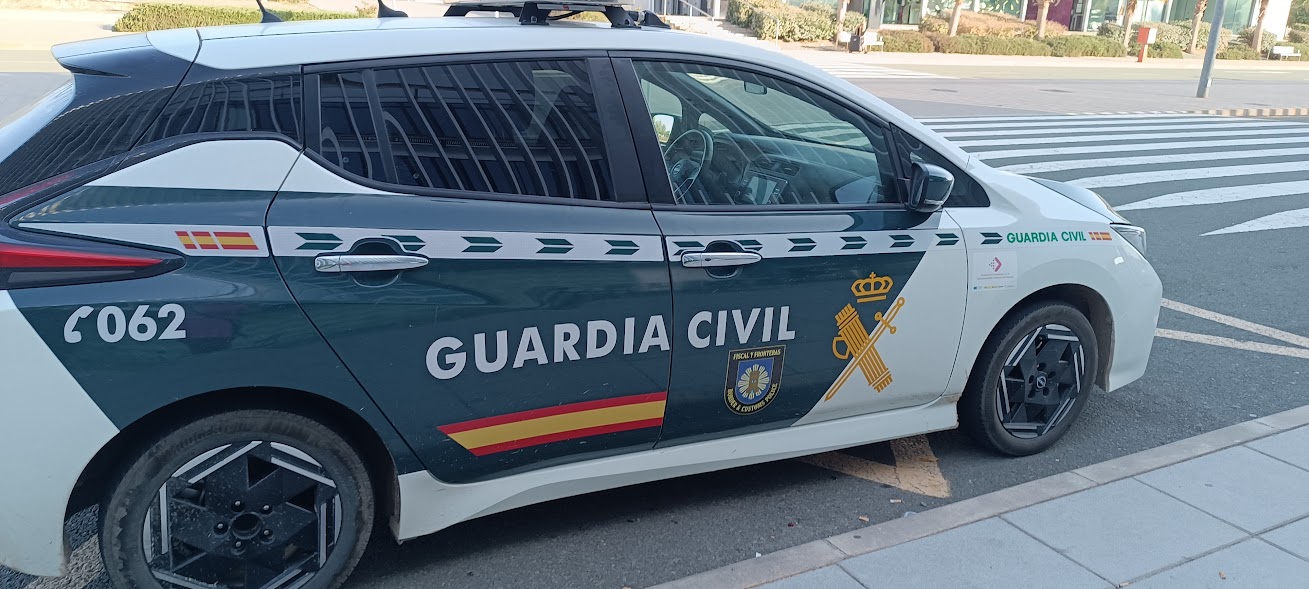
Discover more from N332.es - Driving In Spain
Subscribe to get the latest posts sent to your email.
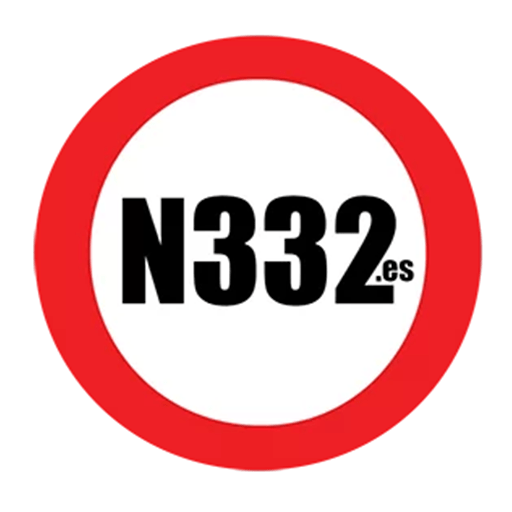
You must be logged in to post a comment.